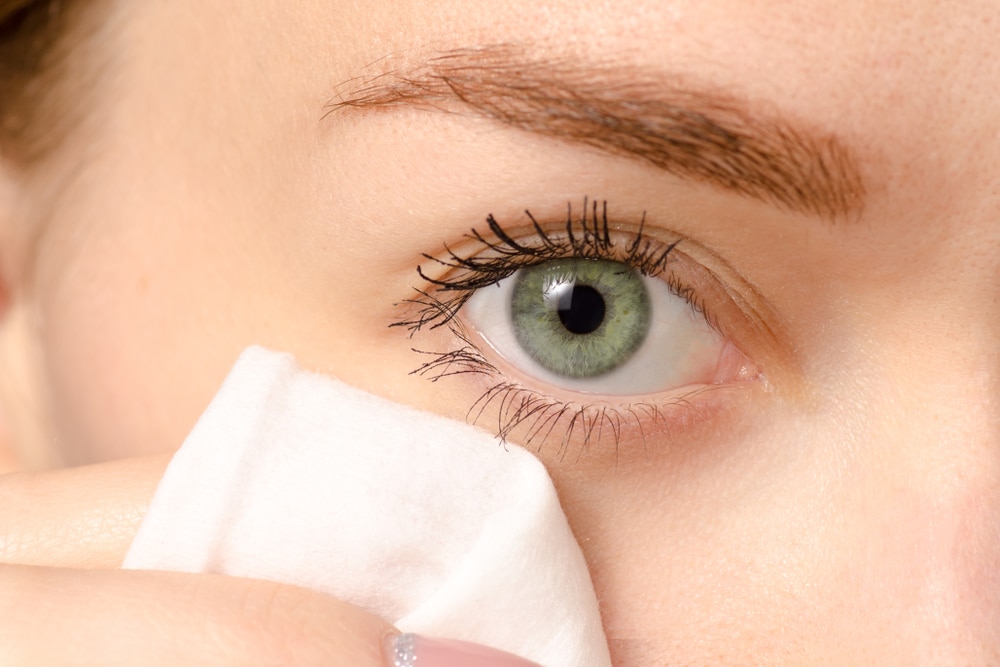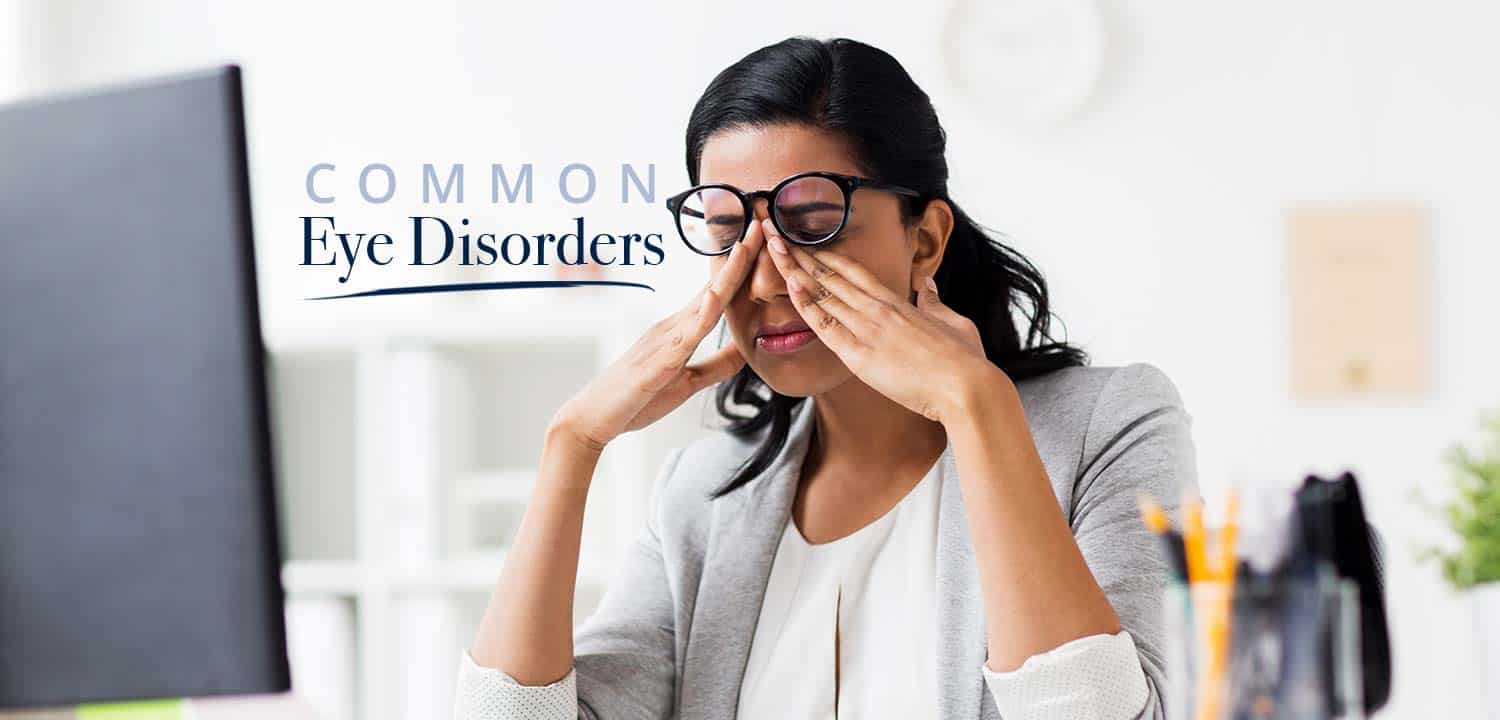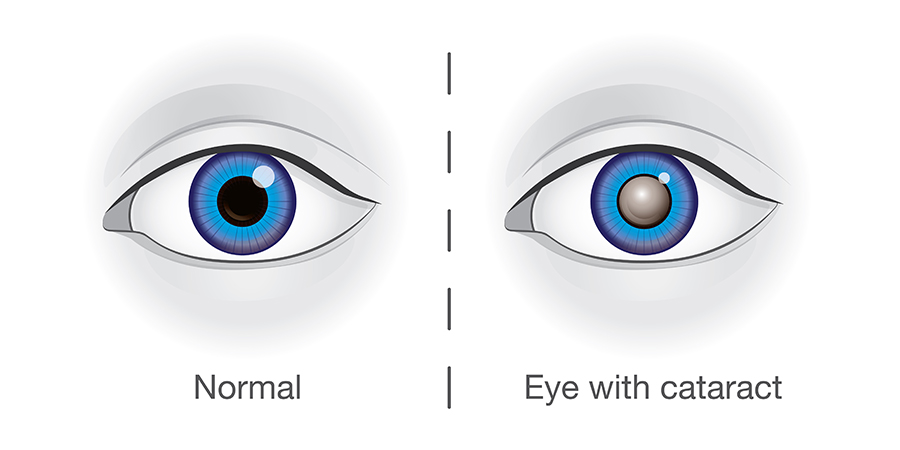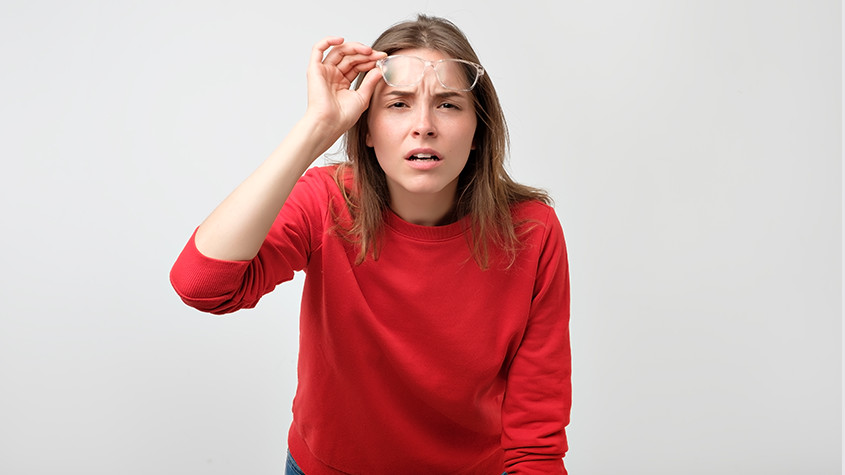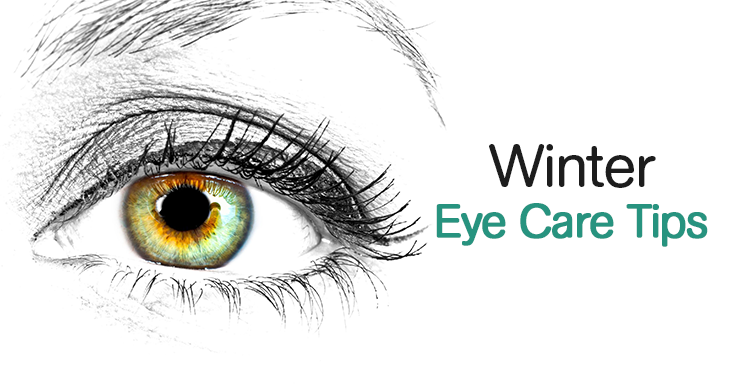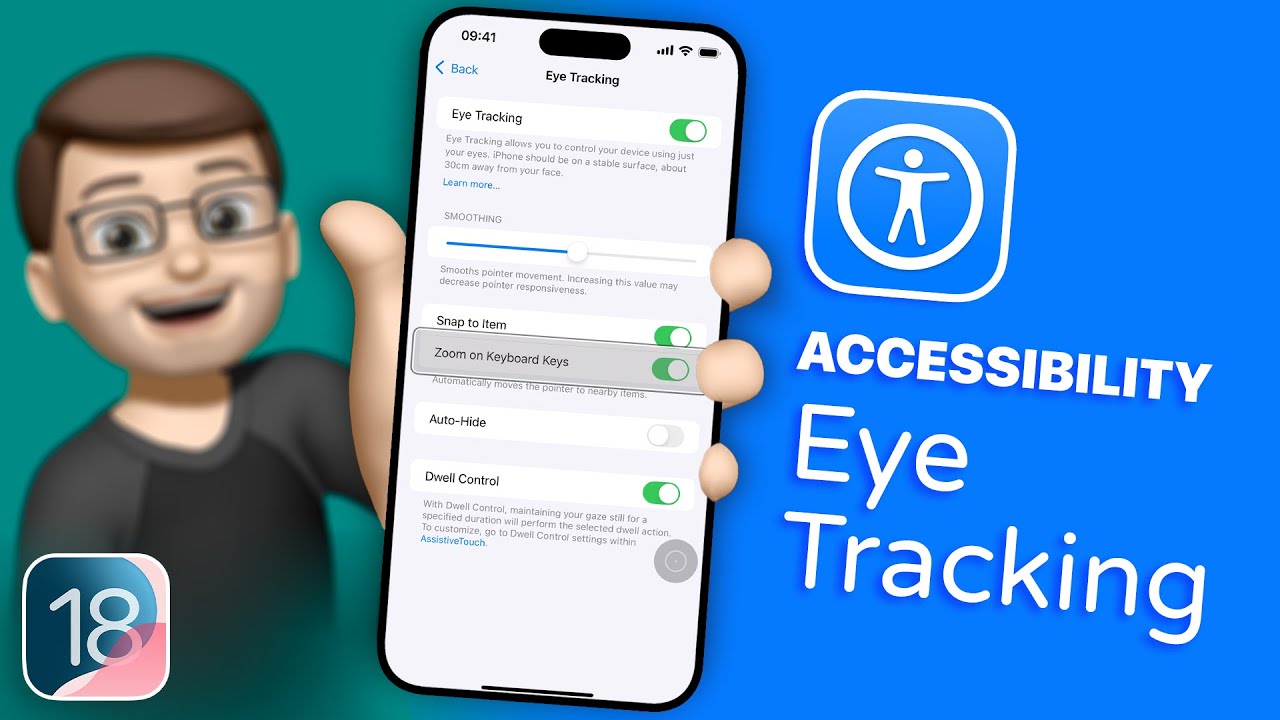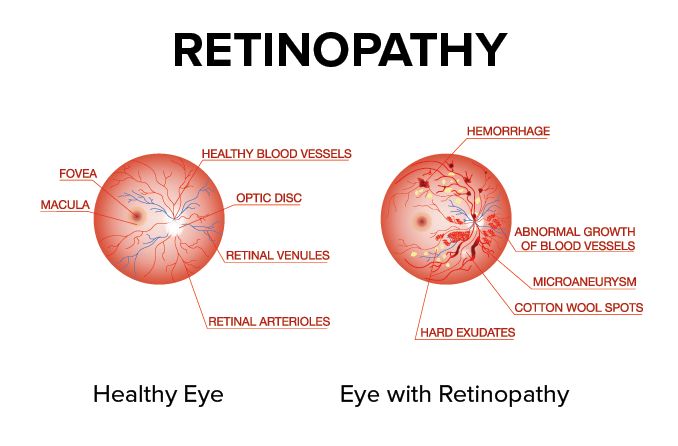Eyelid Hygiene
Eyelid hygiene is an essential aspect of maintaining optimal eye health. Your eyes are sensitive organs that require proper care and attention. Neglecting eyelid hygiene can lead to various problems, including dry eye.
Recognizing The Symptoms Of Eyelid Problems
It is crucial to recognize the symptoms of eyelid problems to seek timely treatment and prevent further complications. Common symptoms of eyelid issues include redness, swelling, itching, irritation, crusting or scaling of the eyelids, sensitivity to light, and a sensation of something in the eye.
The Importance Of Eyelid Hygiene In Maintaining Eye Health
Maintaining proper eyelid hygiene is essential for overall eye health. Regularly cleaning your eyelids helps remove debris, bacteria, and excess oil, preventing infections and inflammation. It also promotes the proper functioning of the meibomian glands, ensuring an adequate supply of tears to keep your eyes moisturized. By incorporating eyelid hygiene into your daily routine, you can significantly reduce the risk of developing dry eye and other eye-related problems.
Developing A Proper Eyelid Hygiene Routine
To develop a proper eyelid hygiene routine, follow these steps:
- Wash your hands: Before touching your eyes, always wash your hands thoroughly with soap and water to prevent introducing any dirt or bacteria.
- Warm compress: Apply a warm compress to your closed eyes for a few minutes to loosen any debris and unclog the meibomian glands. This helps improve tear quality and lubrication.
- Gentle cleansing: Use a mild, tear-free cleanser recommended by your optometrist to clean the base of your eyelashes and eyelids. Gently massage the cleanser along the lash line to remove any residue or bacteria.
- Rinse and dry: Rinse your eyelids with warm water to remove the cleanser, and pat them dry with a clean, lint-free towel. Avoid rubbing your eyes, as this can cause irritation.
Eye Care Products For Eyelid Hygiene
When it comes to choosing eye care products for eyelid hygiene, it is essential to consult with your optometrist. An eye doctor can recommend suitable products based on your specific needs and any underlying conditions you may have. Some commonly recommended eye care products for eyelid hygiene include:
- Eyelid cleansers: Optometrists often suggest gentle eyelid cleansers to effectively cleanse the eyelids without causing irritation.
- Hydrating eye drops: These drops are designed for individuals with sensitive eyes experiencing dry eye symptoms, entrap water to rehydrate the eye’s surface, and are available in a preservative-free formulation.
- Eyelid scrubs: Lid scrubs are pre-moistened pads or wipes that can be used to gently clean the eyelids and remove debris and excess oil. They are convenient for daily use and help maintain eyelid hygiene.
- Preservative-Free Eyelid Wipes: These wipes are often recommended for convenient and gentle cleansing of the eyelids, especially for individuals with sensitive skin or eyes.
Take care of your eyes by prioritizing eyelid hygiene today. Consult with your eye care team to develop a proper eyelid hygiene routine, recommended eye care products or in-office treatments for your optimal eye health.
Read More